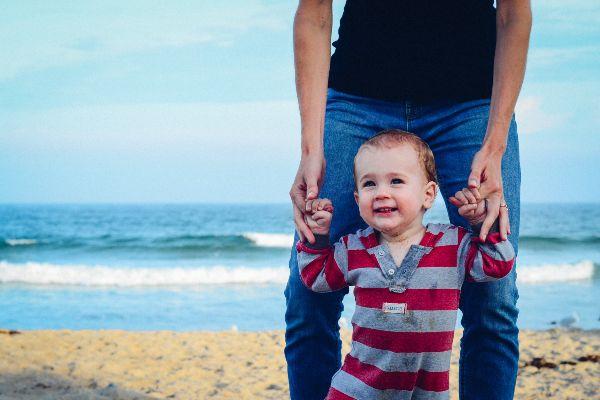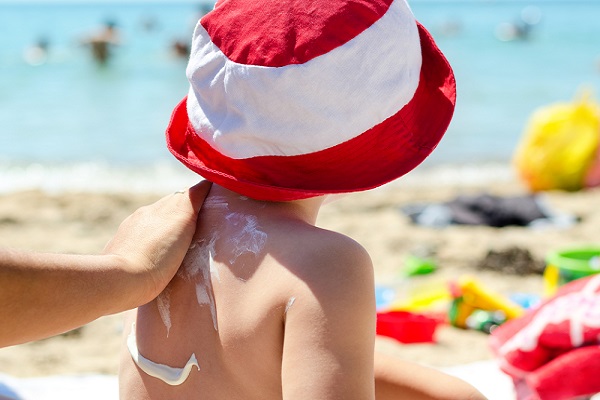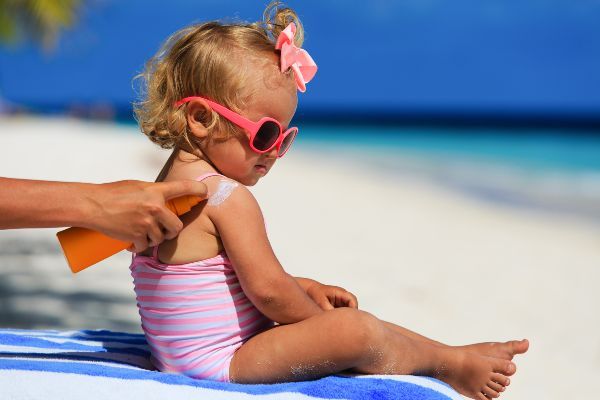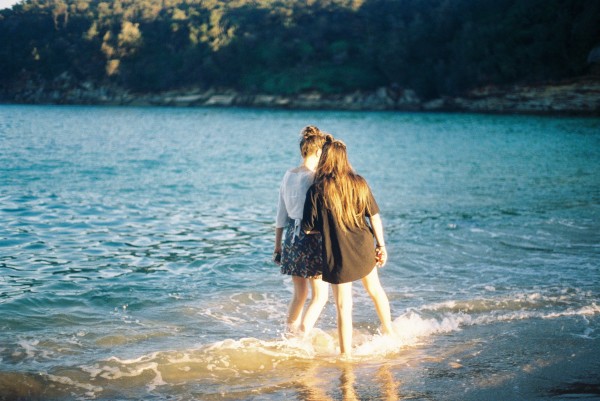By Ms Éilís Fitzgerald, Consultant Plastic Reconstructive and Aesthetic Surgeon, Beacon Hospital
A common conversation I have with my patients, who present with skin cancers and other signs of sun damage, is the fact that when they were children, their parents were simply unaware of the dangers of sun exposure. I have even had a patient tell me how her mother carefully applied olive oil, purchased in the chemist, to her skin before allowing her out to play.
Those days are long gone, but unfortunately, we still see children with signs of sun exposure and sun damage on their skin. A single blistering sunburn in childhood, doubles the lifetime risk of malignant melanoma. This is the most serious form of skin cancer, and it can be fatal. It is not only sunburn that is dangerous: any redness of skin, or any tan developing, is a sign of sun damage.
Over time, this damage builds up, leading to benign and malignant sun-damage-related skin conditions. There is no such thing as a healthy tan, and adequate sun protection means that the skin on exposed areas such as the face, neck, and hands, remains the same colour as the skin under clothing in areas that are not exposed, such as the upper inner arms or buttocks.
Sunscreen is an important, but not the only, tool in protecting the skin from the sun. I recommend that sunscreen, which should be at least SPF 30, with a UVA rating of four stars or more, should be applied liberally, 20 minutes before going outside, and every two hours throughout the day.
As a mum, it always concerns me when I see a letter home from a camp or school requesting cream to be applied before a child is dropped off: for sunscreen to be properly effective, it needs to be reapplied frequently, and therefore covering your child in sunscreen first thing in the morning, unfortunately does not offer adequate protection. There is no evidence for the efficacy of creams that claim to offer protection for longer periods of time, in the prevention of skin cancer.
The choice of clothing for your child, and the timing of outdoor activities, are excellent ways of controlling sun exposure, and thereby protecting your child’s skin. Collared shirts, long sleeves, and long trousers, together with a sun hat that shades the face, neck and ears, are a superb way of minding your child’s skin. Be sure that sunglasses have UV protection in the lenses, as otherwise the eye area, which is one of the commonest sites for skin cancers in adults, is not adequately protected.
It is also important to be mindful of the times of the day that your child is outside, and particularly between 11am and 3pm, from April to September, it is important to seek shade. Even on overcast days, significant amount of UV radiation gets through the cloud cover, and is sufficient to cause damage to the skin. It can be useful to check the UV index, which is easily found on a weather app on most smartphones: on days when this is three or more, the skin must be protected with the measures described above.
This is most days during the summer in Ireland, so don’t reserve the measures mentioned above for holidays abroad.
Many patients expressed concern about inadequate vitamin D, and there are a couple of important points here. It is impossible to store vitamin D in the body for more than 30 to 60 days, therefore excessive sun exposure during the warmer months of the year, will do nothing for your vitamin D levels during the winter.
The World Health Organisation tells us that five to 15 minutes of casual sun exposure, two to three times a week, is enough for our bodies to make adequate vitamin D for our needs. Casual sun exposure is the small amount of sun exposure to the hands and face, as we go about our daily lives.
It may seem daunting or limiting, but once good habits are established around the sun, they really are very easy to continue. Teaching your children SunSmart behaviour, could very well prevent them from developing cancer in the later years. Putting these steps and practice for yourself, will help reduce your risk of skin cancer, as well as help prevent premature skin ageing – and there’s very little not to like about that.







